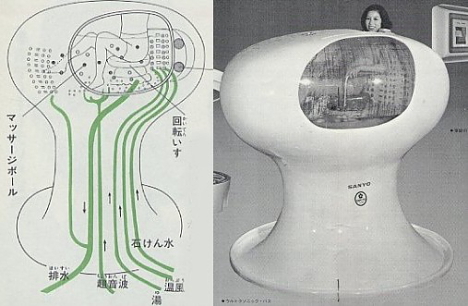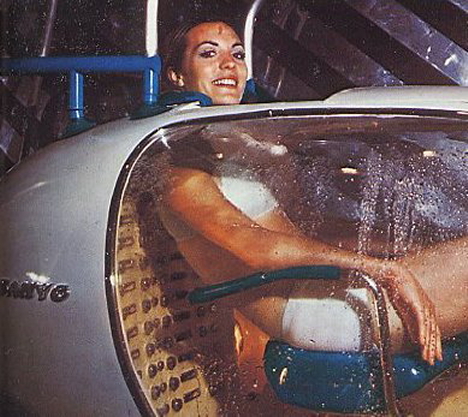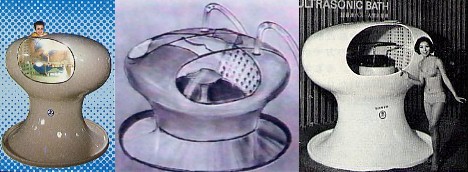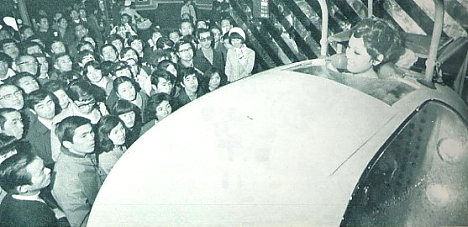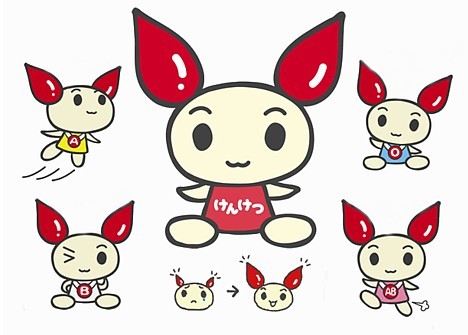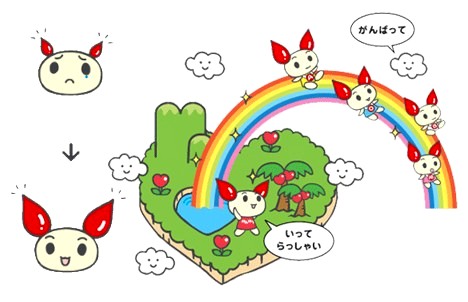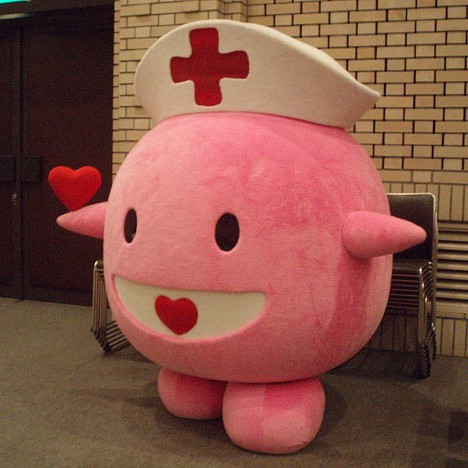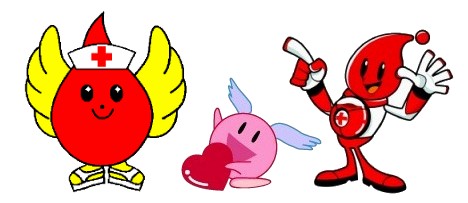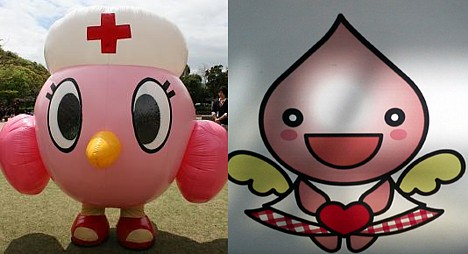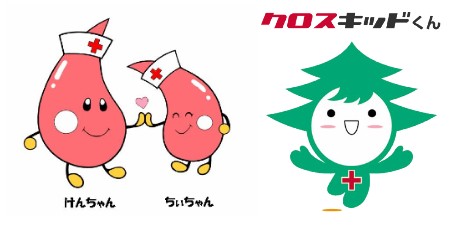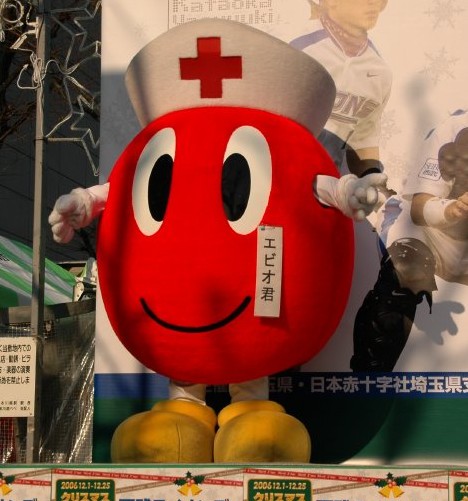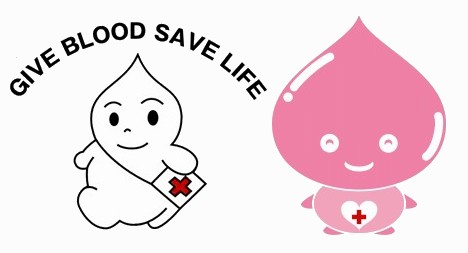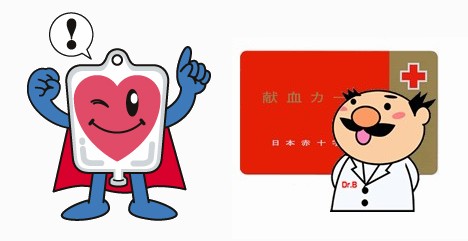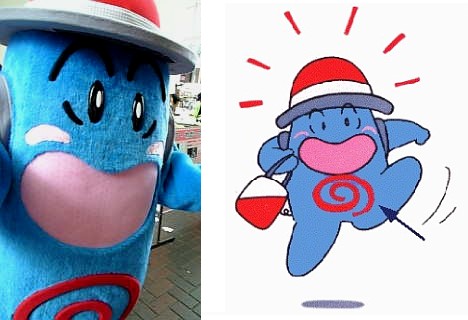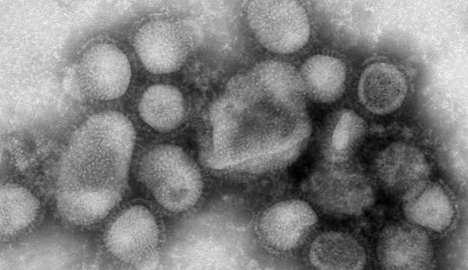
Can GPS tracking technology prevent a swine flu pandemic? Japan's Ministry of Internal Affairs and Communications hopes to find out this autumn by testing a mobile phone-based GPS tracking system that constantly monitors each individual's location and sends text alerts to participants if they cross paths with anyone who is later identified as a flu victim.
The proposed system relies on mobile phone providers to constantly track the subjects' geographical locations and keep chronological records of their movements in a database. When a person is labeled as "infected," all the past location data in the database is analyzed to determine whether or not anyone came within close proximity to the infected individual.
The system will know, for example, whether or not you once boarded the same train or sat in the same movie theater as the infected individual, and it will send you a text message containing the details of the close encounter. The text messages will also provide instructions on specific measures to take in response.
The primary purpose of the test, which will involve about 2,000 volunteers in both urban and rural areas, is to verify the precision of GPS tracking technology, estimate the potential costs of operating such a system, and determine whether or not such a system can be put into practical use.
To be of any real use in a place like Tokyo, a phone-based disease-tracking system would require the participation of hundreds of thousands, if not millions, of subscribers willing to have their locations tracked -- not a stretch given the popularity of wireless services such as NTT DoCoMo's "iConcier," which provides personalized, concierge-like services to individual mobile phones based on location data, shopping history, and other personal information.
From a privacy standpoint, opinions differ on the degree to which sensitive personal data such as location and travel history should be shared and used. With this in mind, the ministry will also explore the issue of psychological resistance to the use of personal information.
[Source: Asahi]

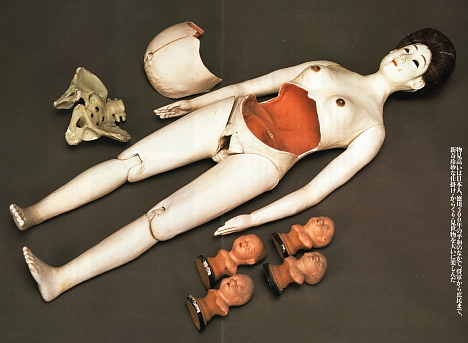
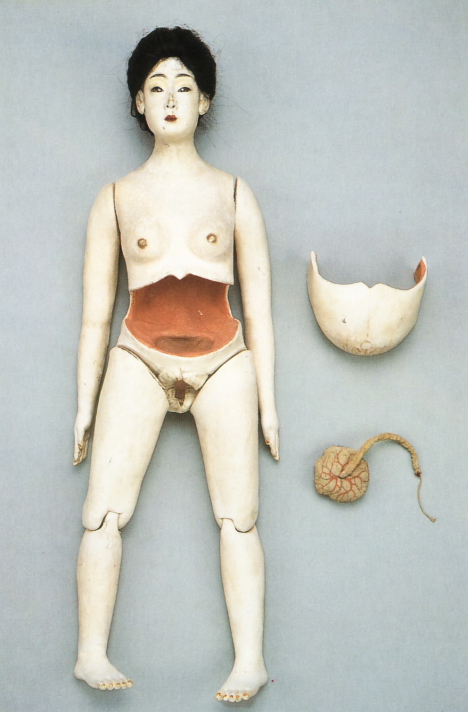
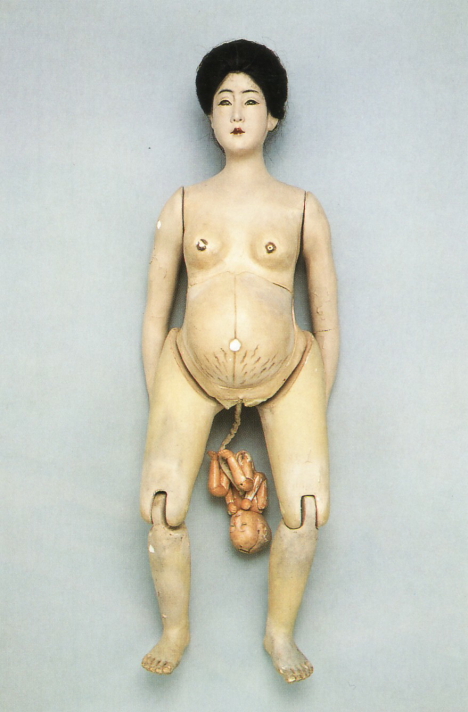
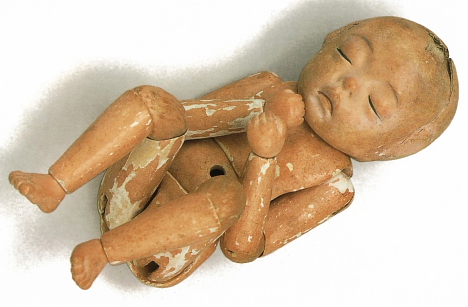
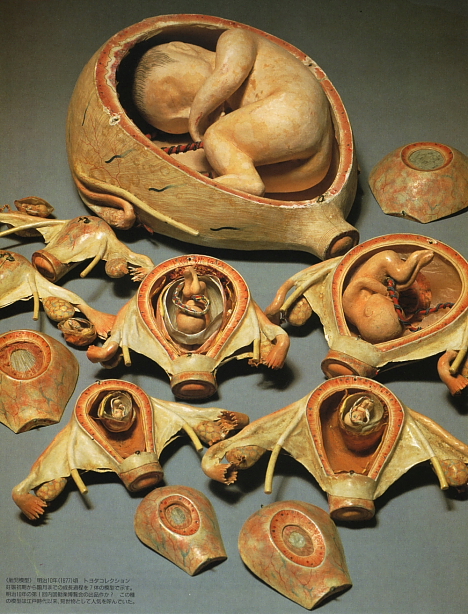
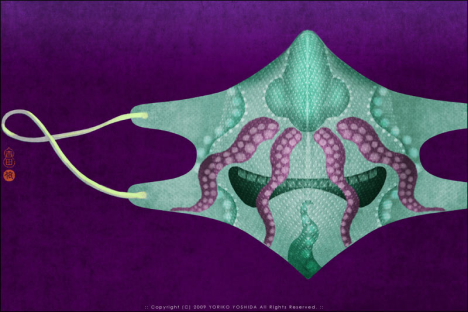
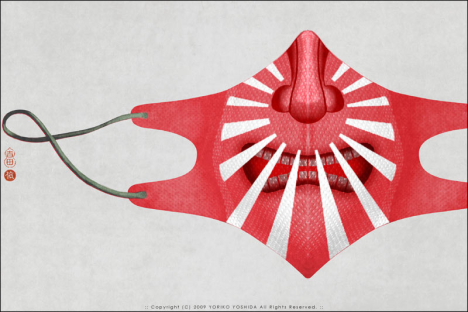
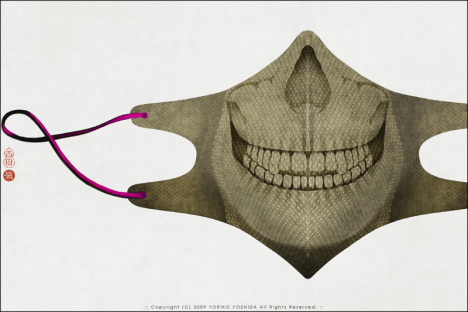
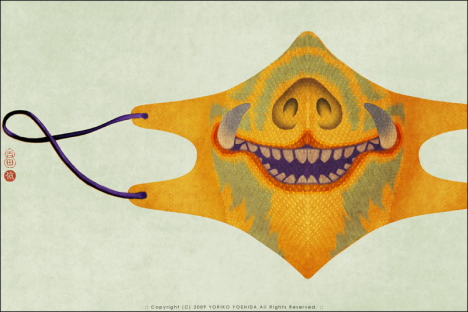

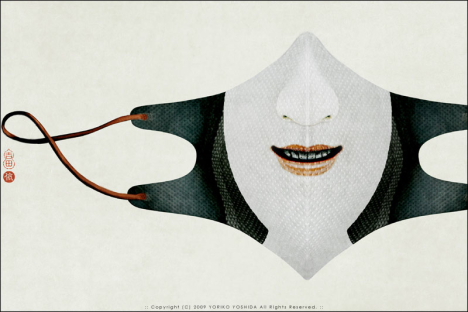
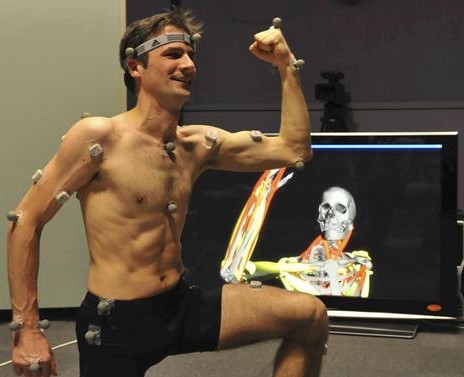
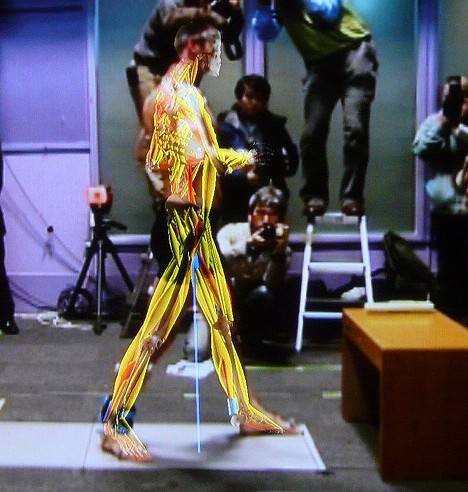
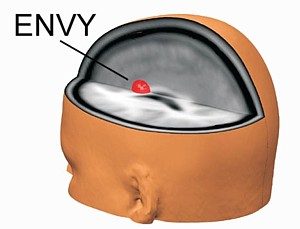 Your gain, my pain? New research from Japan shows that the human brain treats feelings of envy like physical pain, while schadenfreude -- the pleasure derived from another person's misfortune -- triggers the brain's reward circuits. The findings, published in the February 13 online edition of
Your gain, my pain? New research from Japan shows that the human brain treats feelings of envy like physical pain, while schadenfreude -- the pleasure derived from another person's misfortune -- triggers the brain's reward circuits. The findings, published in the February 13 online edition of 